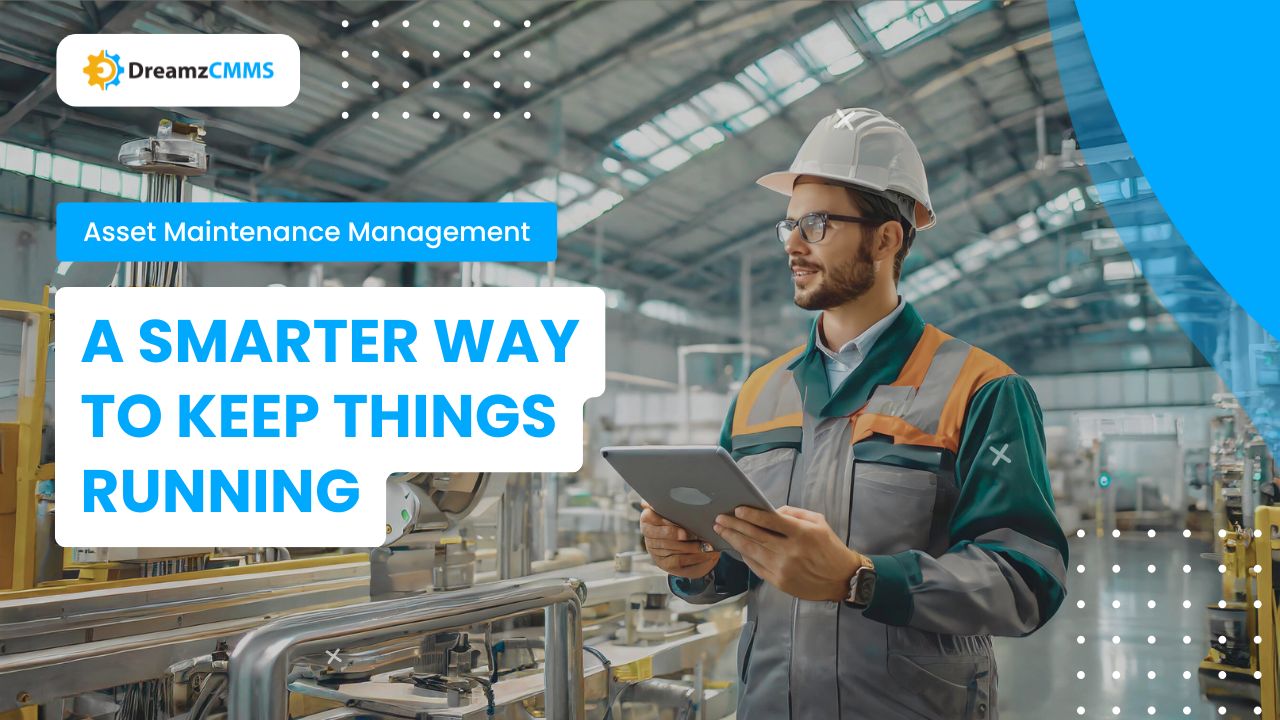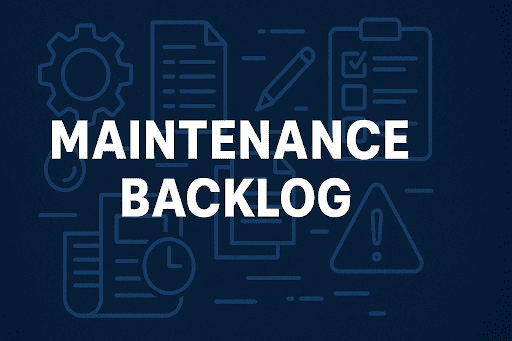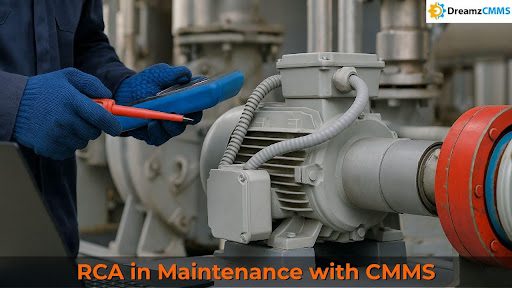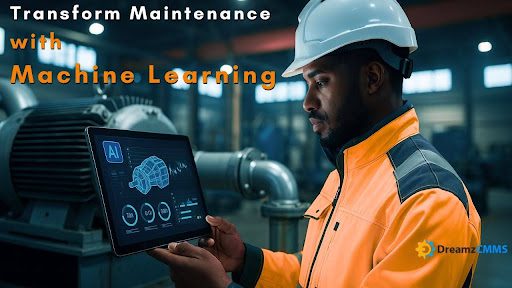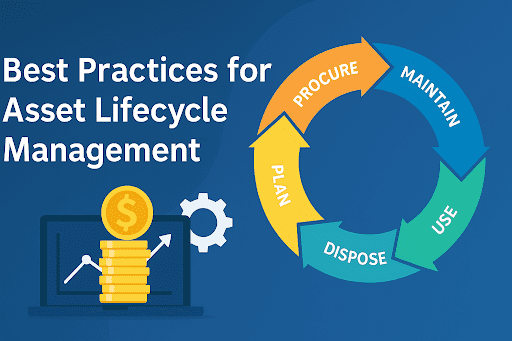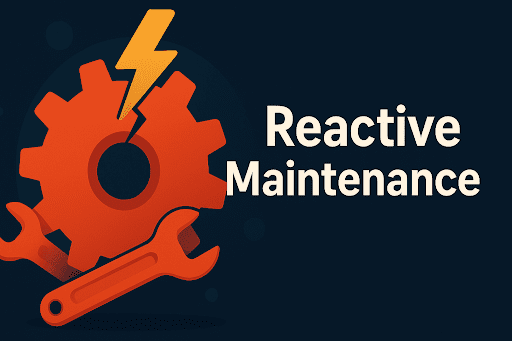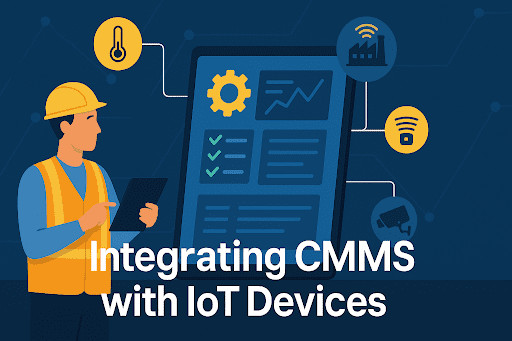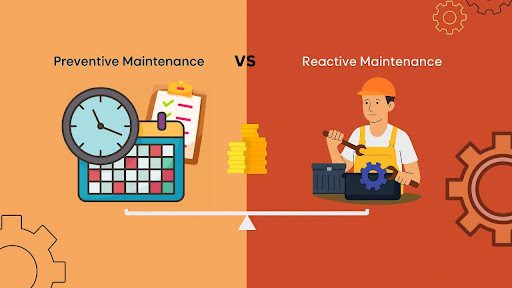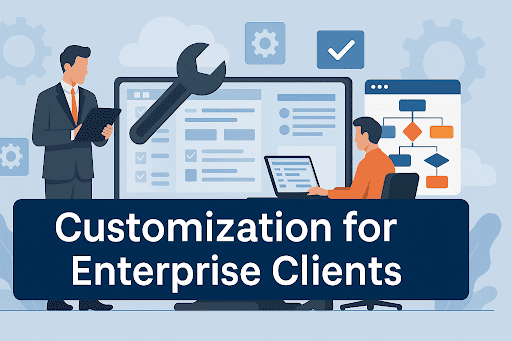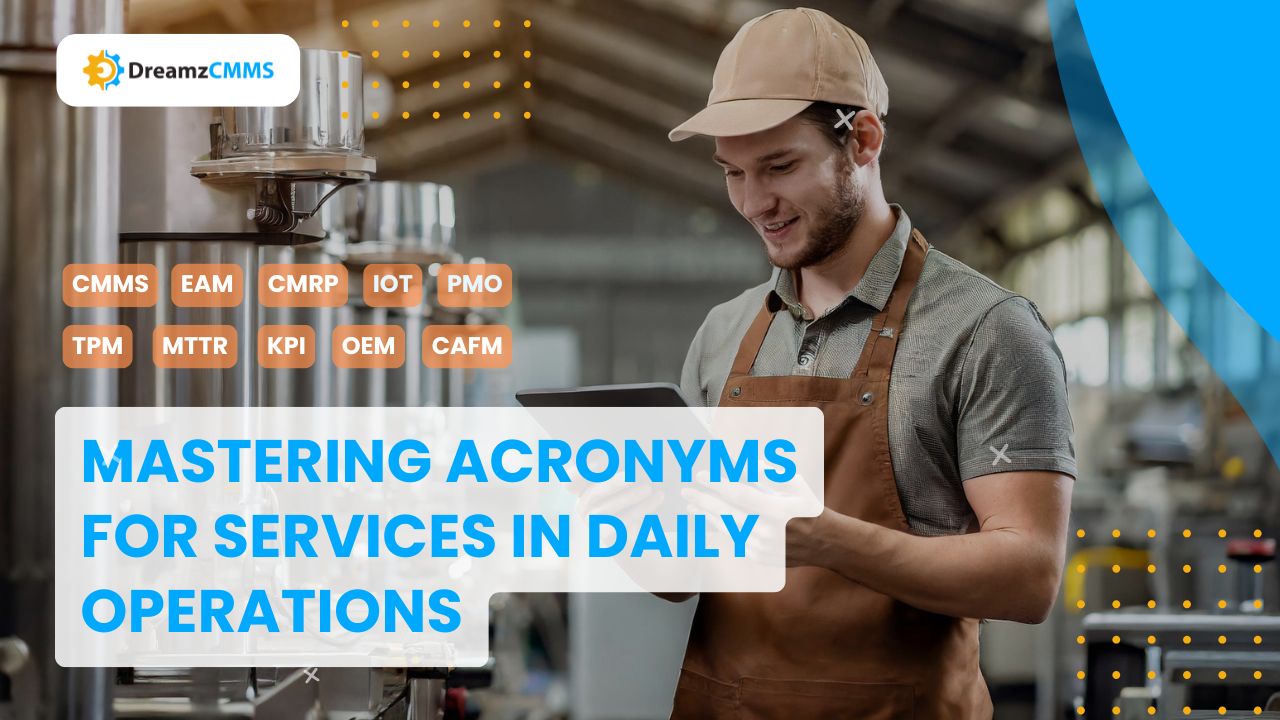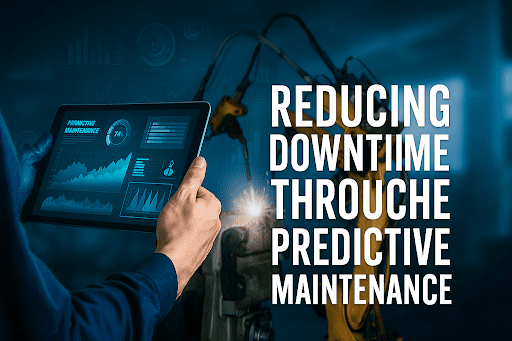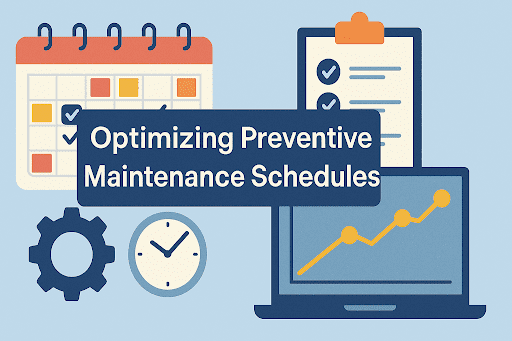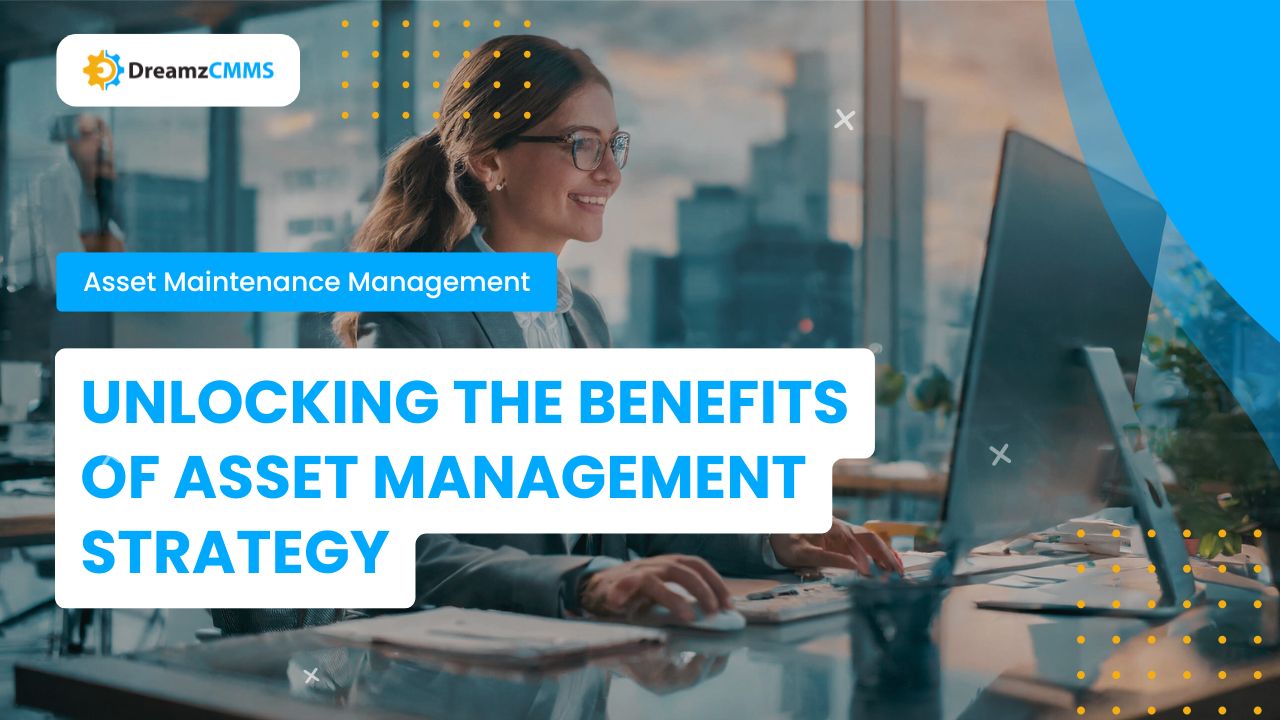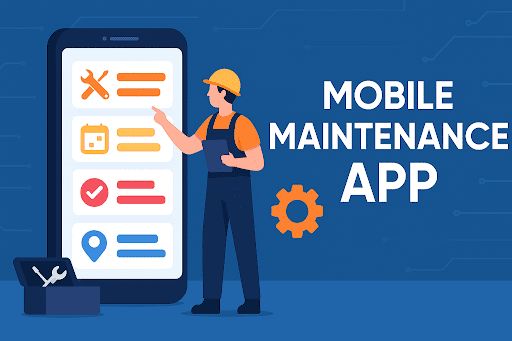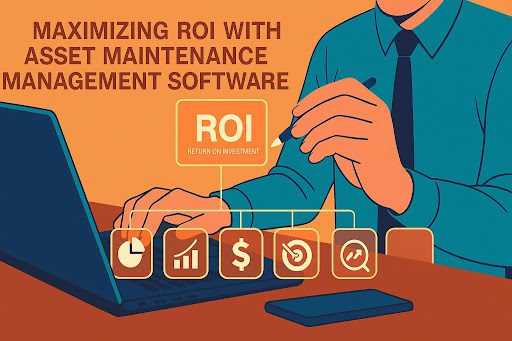 BACK TO Blog
BACK TO Blog
Asset Rental Management
Asset Maintenance
Modern industrial operations face substantial financial losses because of unplanned equipment shutdowns. Equipment failure causes operations disruption which in turn leads to lost productivity and repair expenses which significantly affects profitability. Condition monitoring tools serve as essential elements for modern industrial operations. Real-time equipment health tracking systems enable organizations to
- June 12, 2025
- DreamzCMMS Team
- 10 minutes read
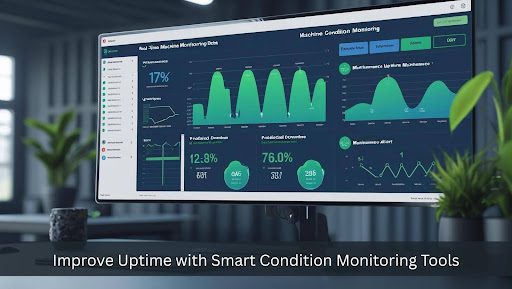
- June 12, 2025
- DreamzCMMS Team
- 10 minutes read
Modern industrial operations face substantial financial losses because of unplanned equipment shutdowns. Equipment failure causes operations disruption which in turn leads to lost productivity and repair expenses which significantly affects profitability. Condition monitoring tools serve as essential elements for modern industrial operations. Real-time equipment health tracking systems enable organizations to implement preventive actions that stop breakdowns from happening.
The combination of predictive maintenance tools with smart sensors and CMMS-integrated monitoring solutions allows industries to shift from reactive maintenance to proactive strategies which boost operational efficiency and system uptime.
Smart maintenance tools help organizations achieve maximum asset availability
Use real-time predictive analytics to monitor asset health and achieve reduced downtime.
DreamzCMMS allows you to simplify maintenance operations through condition monitoring system integration.
Explore Asset Maintenance Management Software
What Are Condition Monitoring Tools?
The purpose of condition monitoring tools is to monitor equipment health and infrastructure status through continuous monitoring systems. The system collects asset data in real-time to identify warning signs of equipment failure by tracking vibration and temperature along with noise levels and oil condition.
The tools function as vital IoT maintenance system components which enable facilities to make the transition from scheduled maintenance to predictive maintenance practices.
Learn how to adapt monitoring strategies to business needs in Customization for Enterprise Clients
Why Improving Uptime Is Crucial
The operational uptime of equipment affects performance and cost as well as service delivery in all manufacturing sectors including energy and construction and logistics. Short periods of equipment downtime cause workflow interruptions and order delays and create safety risks.
By leveraging real-time asset condition tracking, companies can ensure:
- Minimal unplanned outages
- Extended asset life
- Improved safety compliance
- Lowered maintenance costs
- Higher ROI from equipment investments
For businesses managing rental assets, uptime is key. See how it connects with Asset Rental Management Software.
Key Benefits of Condition Monitoring Tools
1. Real-Time Alerts and Diagnostics
The tracking of asset conditions through condition monitoring systems produces instant alerts to technicians regarding detected irregularities through continuous parameter surveillance.
2. Predictive Maintenance Capabilities
Predictive maintenance tools that analyze sensor information enable companies to forecast equipment failure times so they can perform interventions before operational disruptions.
3. Extended Equipment Lifespan
Frequent health checks together with optimized service schedules lead to reduced equipment wear which results in longer operational life for industrial assets.
4. Reduced Operational Costs
Organizations can reduce their repair expenses and emergency maintenance needs by removing unnecessary preventive checks and preventing major failures.
5. Improved Safety Standards
The tools identify unusual signals which may create dangerous scenarios thereby preventing accidents while safeguarding personnel and fulfilling regulatory requirements.
Advanced Analytics in Condition Monitoring
The integration of advanced analytics stands as the most transformative feature in modern condition monitoring tools.
Understand which metrics matter most in Key Metrics for Asset Performance Tracking.
The tools extend their monitoring capabilities to reveal advanced information through:
- Trend analysis
- Pattern recognition
- Root cause analysis
- Performance benchmarking
Through analytics organizations can identify problems while also understanding their causes along with their frequency and potential prevention methods.
A combination of vibration analysis equipment with analytics helps determine if pump vibration anomalies which occur every 60 days stem from installation mistakes or shaft misalignment or excessive operational loads.
The level of visibility enables teams to modify equipment usage patterns and maintenance approaches ahead of time thus directly improving industrial equipment health monitoring and long-term reliability.
Popular Types of Condition Monitoring Tools
Modern monitoring systems use various tools to perform their functions. The following are the main technologies used for industrial equipment health monitoring:
Vibration Analysis Equipment
The system detects abnormal machine vibrations in rotating equipment such as motors and pumps through vibration analysis equipment. Early detection of issues becomes possible through its ability to identify misalignment and imbalance as well as bearing defects.
Thermal Imaging for Maintenance
The use of thermal imaging for maintenance involves infrared cameras which detect heat irregularities in electrical panels and motors and insulation to identify operational inefficiencies and impending failures.
Ultrasonic Testing Tools
The tools enable predictive maintenance in complex systems because they detect air leaks and gas emissions together with electrical arcing through ultrasonic testing.
Oil Analysis Instruments
The instruments analyze lubricant conditions to detect foreign particles and debris which helps determine proper oil change periods.
IoT-Enabled Sensors
Integrated into IoT-enabled maintenance systems, these wireless sensors continuously collect and transmit data to cloud platforms, enabling remote access and predictive analytics.
CMMS-Integrated Monitoring Solutions
The combination of condition monitoring tools with DreamzCMMS Computerized Maintenance Management System transforms how maintenance operations work. Through this integration teams can achieve:
- The system creates automatic work orders when it detects abnormal measurement results.
- Historical asset performance trends are tracked.
- Service scheduling occurs when condition thresholds reach their set values.
- All asset-related data along with maintenance records can be found in one centralized location.
The integration methods for this system are detailed in Best Practices for Asset Lifecycle Management.
See how it ties into long-term care in Best Practices for Asset Lifecycle Management.
How Remote Condition Monitoring Systems Improve Uptime
Remote condition monitoring systems remove the requirement for continuous on-site supervision. Real-time asset information flows from these tools to centralized dashboards which enable instant review of anomalies regardless of the location.
The remote monitoring capability allows teams to react quicker to faults while improving their coordination process especially when working with big facilities or distributed sites.
Industrial Applications of Condition Monitoring
Manufacturing Facilities
The implementation of vibration sensors along with oil analysis equipment helps prevent equipment breakdowns which leads to improved production yield from expensive machines.
Construction Equipment
Remote condition monitoring systems track bulldozers, cranes, and excavators to deliver both operational safety and faster maintenance response times.
Facility Management
IoT-enabled maintenance systems monitor HVAC systems and water pumps and elevators to provide uninterrupted service while enabling faster responses to tenant complaints. The Facility Management Software section provides detailed information about digital tools for infrastructure.
Energy & Utilities
Maintenance through thermal imaging combined with AI-based condition monitoring helps maintain reliable operations for wind turbines and power grids and pipelines.
Industry Trends Shaping the Future of Condition Monitoring
The rapid transformation of condition monitoring emerges from technological progress combined with increased requirements for operational visibility. Here are the top trends:
1. Edge Computing for Real-Time Responses
Edge-enabled condition monitoring tools operate at the machine level to process data which provides immediate decisions and lowers the need for cloud infrastructure. Edge computing proves highly effective for applications situated in remote or low-connectivity locations like oil rigs and mining sites.
2. Digital Twins for Simulated Monitoring
The creation of digital twins enables virtual asset replication that allows equipment behavior prediction across various conditions. Predictive accuracy and visual diagnostics improve when AI-based condition monitoring systems are combined with digital twins.
3. Standardization of Condition Monitoring Protocols
Companies implement ISO standards such as ISO 17359 for condition monitoring to standardize data capture and interpretation and reporting procedures across different departments.
4. Subscription-Based Monitoring as a Service
Through Monitoring-as-a-Service (MaaS) vendors provide companies with condition monitoring services at a monthly fee instead of requiring capital outlays for expensive technologies.
AI-Based Condition Monitoring: The Next Evolution
Basic alerts no longer represent the complete extent of contemporary monitoring systems. Machine learning capabilities of AI-based condition monitoring allow equipment to analyze past data and forecast upcoming equipment behavior with greater precision. Benefits include:
- Automated detection of unusual patterns
- Dynamic maintenance schedules
- Continuous self-optimization
Maintenance systems gain efficiency and scalability because AI enables operators to make decisions without much human intervention.
Empowering Teams Through User-Friendly Interfaces
Monitoring tool adoption depends on more than technology since usability plays a major role. The best solutions provide three essential features to users:
- Intuitive dashboards
- Color-coded alerts
- Mobile app support
- Real-time reports via SMS/email
- Multi-language options for global teams
The integration of CMMS monitoring solutions into dashboards allows operators and technicians to interpret data quickly which results in faster responses along with better accuracy and stronger confidence in their decisions.
Best Practices for Deploying Condition Monitoring Tools
The following guidance will help organizations achieve maximum return on investment and maintain system reliability:
1. Start With High-Value Assets
Begin monitoring critical equipment with the highest risk of failure or cost of downtime.
2. Choose Scalable Tools
Your monitoring infrastructure should grow with your asset inventory and integrate with existing platforms like CMMS or ERP.
3. Train Your Team
Your maintenance team needs to understand how to interpret data from dashboards together with sensor and alert information.
4. Use Data-Driven KPIs
Organizations should monitor their maintenance strategy through continuous improvement by tracking MTBF (Mean Time Between Failures) and MTTR (Mean Time to Repair) metrics.
5. Conduct Regular Reviews
The analysis of collected data at regular intervals will help improve service interval timing and eliminate false alert issues.
Key Metrics to Track with Condition Monitoring
Your condition monitoring tools will provide their maximum value when you monitor these specified KPIs.
- Overall Equipment Effectiveness (OEE)
- Mean Time Between Failures (MTBF)
- Mean Time to Repair (MTTR)
- Downtime Hours per Asset
- Planned vs. Unplanned Maintenance Ratio
- Number of Early Fault Detections
Your monitoring strategy effectiveness becomes measurable through these metrics which provide insights about uptime maintenance and asset longevity and cost control.
How Condition Monitoring Supports ESG Goals
The implementation of condition monitoring tools enables organizations to achieve both higher uptime performance and sustainability goals and corporate social responsibility objectives. Here’s how:
- Energy Efficiency: Monitoring energy consumption helps reduce waste and carbon footprint.
- Reduced Waste: Fewer equipment breakdowns result in both less scrap material production and reduced need for unnecessary part replacements.
- Worker Safety: Real-time alerts generated by the system enhance worker safety by preventing accidents thus creating a safer work environment.
Organizations that want ESG compliance need smart monitoring systems which simultaneously decrease their environmental impact and strengthen operational resilience.
Common Challenges in Condition Monitoring Implementation
Despite the benefits, businesses may face certain challenges:
- Some high-end tools require upfront capital for sensors, infrastructure, and integration.
- Massive data streams become overwhelming for technicians when they lack appropriate dashboards or AI systems.
- Teams need additional training to interpret data and master the effective operation of this technology.
- The complexity of integration arises when trying to connect older machinery to IoT platforms through custom integrations.
Organizations can defeat monitoring challenges by selecting monitoring solutions with user-friendly interfaces that scale according to needs and integrate with CMMS systems through plug-and-play connectivity.
Final Thoughts
Organizations that succeed in avoiding unexpected shutdowns will outperform their competitors in today's competitive market. Intelligent condition monitoring tools combined with predictive maintenance tools and AI-based analytics allow businesses to enhance asset performance while lowering costs and improving safety.
Combined with a CMMS-integrated monitoring solution, you gain not just visibility into equipment health—but also actionable insights to maintain peak efficiency.
Whether it’s using vibration analysis equipment, thermal imaging for maintenance, or ultrasonic testing tools, these technologies empower your team to take control of equipment performance like never before.
Transform Maintenance Operations with DreamzCMMS
Experience the power of real-time condition monitoring, automated workflows, and predictive maintenance tools—all in one platform. See how DreamzCMMS can help you maximize uptime and asset performance.
Ready for More?
Talk to one of our CMMS experts and see how DreamzCMMS can simplify your maintenance operations.
Book a free consultation